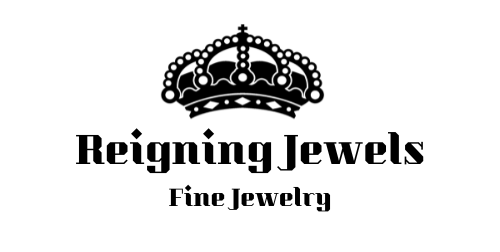If you could name five gemstones off the top of your head, what would they be?
Emerald?
Ruby?
Sapphire, perhaps?
What if I mentioned Peridot? Spinel? Or Zircon? Do any of those ring a bell??
With over 200 varieties of gemstones, ranging from sunset orange to ocean blues and fiery reds, the
colors are endless and their beauty is unmatched. While some gemstones receive more recognition than
others (looking at your Sapphires), there is a vast range of stones that go unnoticed in our everyday
world.
In today’s blog, I plan on sharing with you five underrated stones that I have grown to love and
appreciate…Appreciation for their beauty, for their history, and for their versatility.
To start off, let’s look at Peridot, a beautiful olive-green stone that gets its hue from the
presence of iron when forming. The stones name is derived from the French word “peritot”, which
means gold. Peridot stones can be found in Myanmar, Canada, China, Egypt, Norway, Pakistan, and the
United States. Since this stone can be found all over the world, the cost per carat is lower than other
stones, making it an affordable option for anyone to add to their collection. Coming in at a 6.5 on the
Mohs Hardness Scale, this stone is perfect for earrings and necklaces. It is also the birthstone for August,
but that doesn’t mean you can’t enjoy its natural beauty for yourself!
Next up is Spinel, which I am personally obsessed with right now. Spinel’s come in a range of
colors…Reds, browns, greens, blues, and purples. For centuries, Spinels were mistaken for Rubies until
technology advanced enough to distinguish the two. Spinels are an 8 on the Mohs Hardness Scale, which
makes it durable for any type of jewelry…Especially an engagement ring (Just ask my fiancée). If you’re
still skeptical, just look towards the English Royal Family. The massive, 170 carat red stone at the head of
the Imperial State Crown? She’s a spinel.
Not to be confused with Cubic Zirconia, our next underrated gemstones is known as Zircon.
Zircon also comes in a wide array of colors and is great for everyday wear. With a hardness of 7.5 on the
Mohs Scale, she is beautiful and inexpensive for on-the-go jewelry. There are three main mining sources
for Zircon, located in Sri Lanka, Cambodia, and Thailand. This stone is also known for keeping evil spirits
and bad dreams away.
Number four on our list is Tanzanite. Mined from Tanzania, (which is how the stone got its
name) this stone used to be popular amongst gem brokers and therefore very expensive. Since its
decline in popularity, Tanzanite has become more affordable for the average consumer. Being a 6 on the
Mohs Hardness Scale, she is perfect for earrings and necklaces, but would probably not withstand the
wear and tear of a ring.
Saving the best for last…At least in my opinion…is Alexandrite. An 8.5 on the Mohs Hardness
Scale, Alexandrite is one durable stone. One of Alexandrite’s unique properties is its ability to change
colors. Under iridescent lighting it appears a brownish color, but in natural daylight it has a green hue to
it. This stone can be mined from countries such as Brazil, India, Russia, and Zimbabwe. Due to its natural
rarity, this stone is more expensive than the others I mentioned above.
This is only five of the over two hundred gemstones that exist in our world, but I wanted to
share a few of my favorites with you. If you are looking for new, unique pieces to add to your collection,
I encourage you to do some research on more underrated gemstones not mentioned here. The history
behind each gemstone. How they were discovered, the myths and legends that are tied to each one,
why one gemstone was coveted over others.

